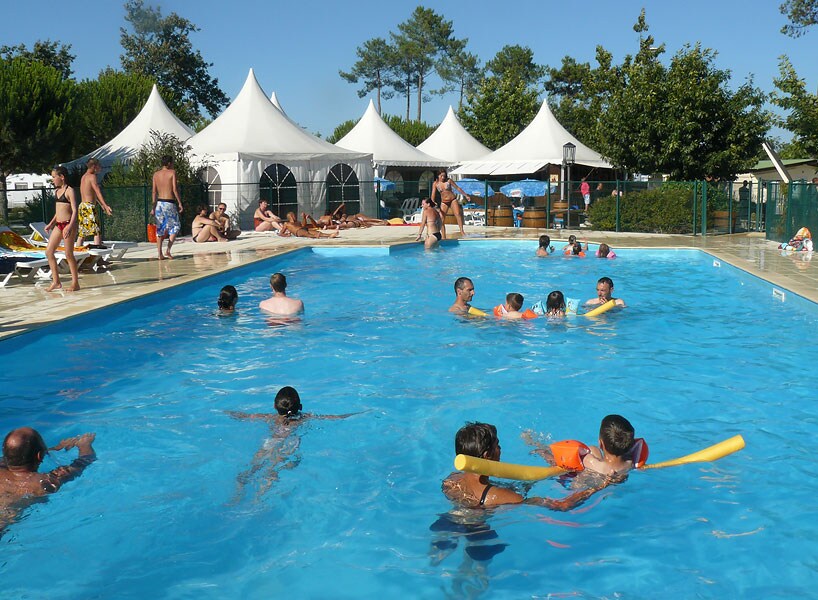Understanding BRAOU: The Role of Open University in Education

Introduction to BRAOU
The Dr. B.R. Ambedkar Open University (BRAOU) plays a significant role in advancing education through distance learning in India. Established in 1982, this pioneering institution aims to provide educational opportunities to diverse populations, including working professionals, rural students, and women, thus making higher education more accessible.
Significance of Open Learning
BRAOU is integral to the Indian educational landscape as it acknowledges the need for flexible learning options. In a country with a burgeoning population and increasing literacy rates, traditional educational institutions often face challenges in meeting the demands of those who cannot pursue full-time education. Through distance and open learning systems, BRAOU promotes education to those who may be unable to attend regular classes due to various constraints.
Programs Offered by BRAOU
BRAOU provides a wide range of undergraduate, postgraduate, diploma, and certificate courses across various fields like Arts, Commerce, Science, and Management. The university is backed by a strong framework of study materials, online classes, and academic support systems that aid learners in their educational journey. This year, the university plans to introduce new programs focusing on emerging technologies and soft skills, catering to the evolving job market.
Technological Innovations and Learning Resources
To enhance its educational delivery, BRAOU has integrated technology into its learning approaches. Students have access to e-learning resources, which include video lectures, interactive sessions, and online assessments, ensuring they can study at their own pace. The university also focuses on student engagement through virtual seminars and workshops, making education a more interactive experience.
Future Outlook
With the National Education Policy 2020 emphasizing the importance of open and distance learning, BRAOU is poised to expand its reach significantly. The university aims to increase enrollment, particularly among marginalized communities and first-generation learners. There is also a push toward international collaborations, offering students exposure to global practices in education.
Conclusion
BRAOU stands as a critical player in the democratization of education in India. By continuing to innovate and adapt to the needs of its students, the university is expected to remain at the forefront of open education. As the demand for flexible learning continues to rise, BRAOU’s commitment to providing quality distance education will pave the way for a more educated and skilled workforce in the future.









